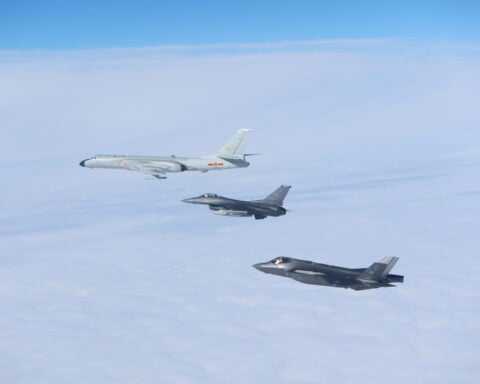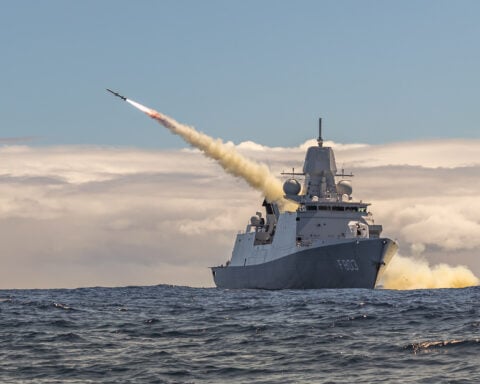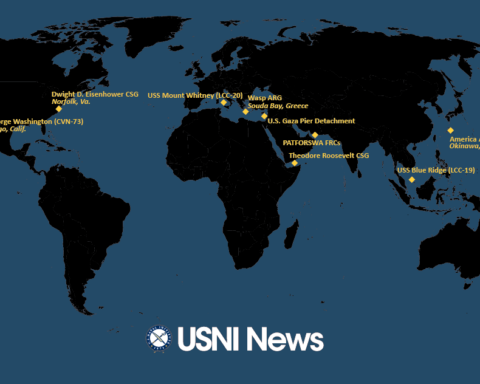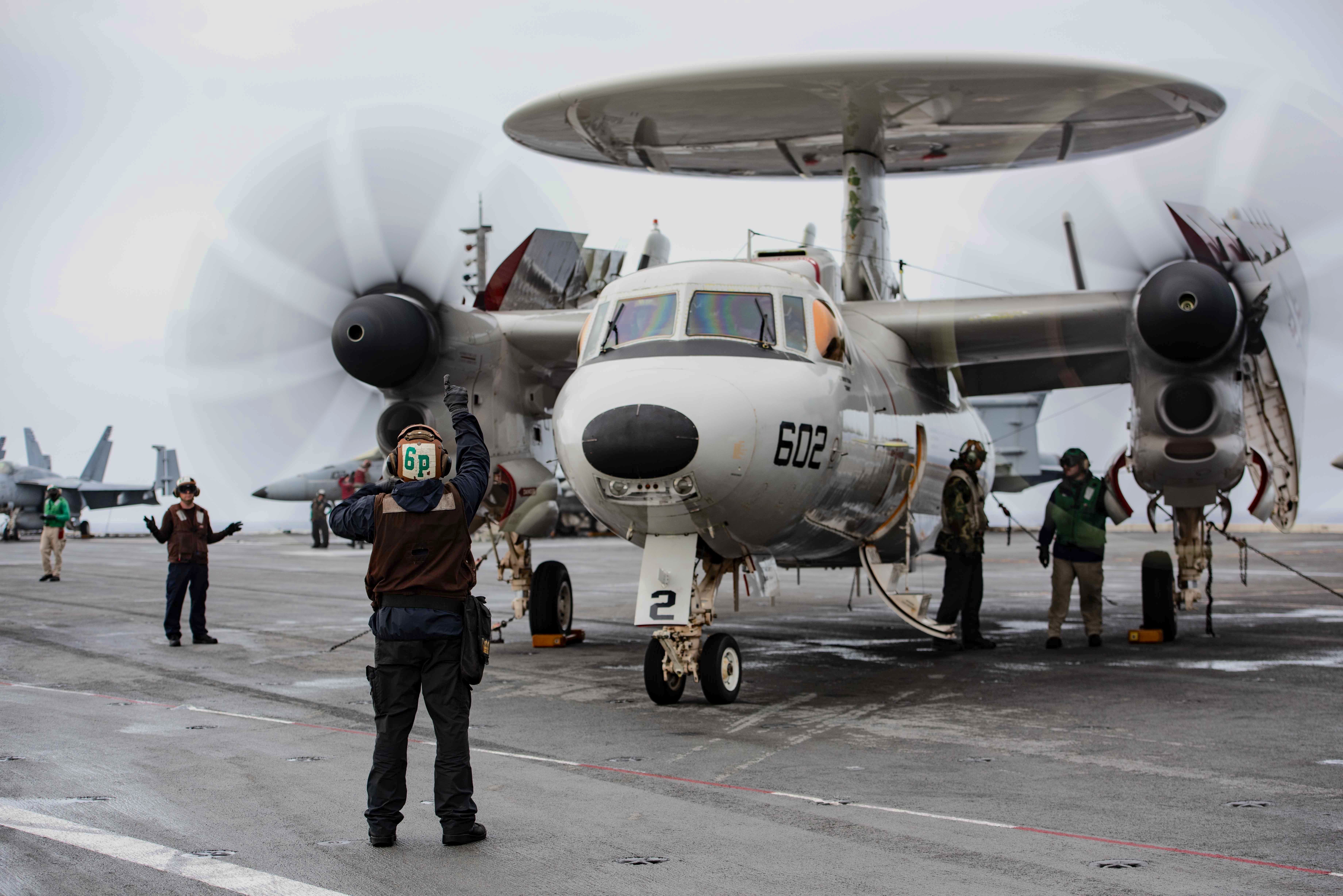
The State Department approved a possible sale of three E-2D Advanced Hawkeye aircraft to France, in a deal that would bring the U.S. and French carrier air wings even closer together.
If finalized, France would become the third country to operate the airborne early warning and control aircraft, after Japan bought four from the U.S. Navy in 2015. Japan purchased nine more in 2018. The Japanese Air Self-Defense Force’s first aircraft delivered last year.
The three aircraft and associated parts would cost about $2 billion, according to a notification to Congress.
France currently flies the E-2C Hawkeye. The upgraded E-2D Advanced Hawkeye, according to a U.S. Navy fact sheet, “features a state-of-the-art radar with a two-generation leap in capability and upgraded aircraft systems that will improve supportability and increase readiness. Key E-2D objectives include improved battle space target detection and situational awareness, especially in the littorals; support of Theater Air Missile Defense (TAMD) operations; and improved operational availability.”
In May 2018, French aviators operated off American aircraft carrier USS George H.W. Bush (CVN-77) while their own carrier was in the repair yard. The integrated air wing operations U.S. and French pilots conduct – the Americans with E-2Ds and Boeing F/A-18E-F Super Hornets, and the French with E-2Cs and Dassault Rafale M fighters – showed how the two forces could operate together at sea, if called upon to do so. The French upgrade to the E-2D would only increase that interoperability.
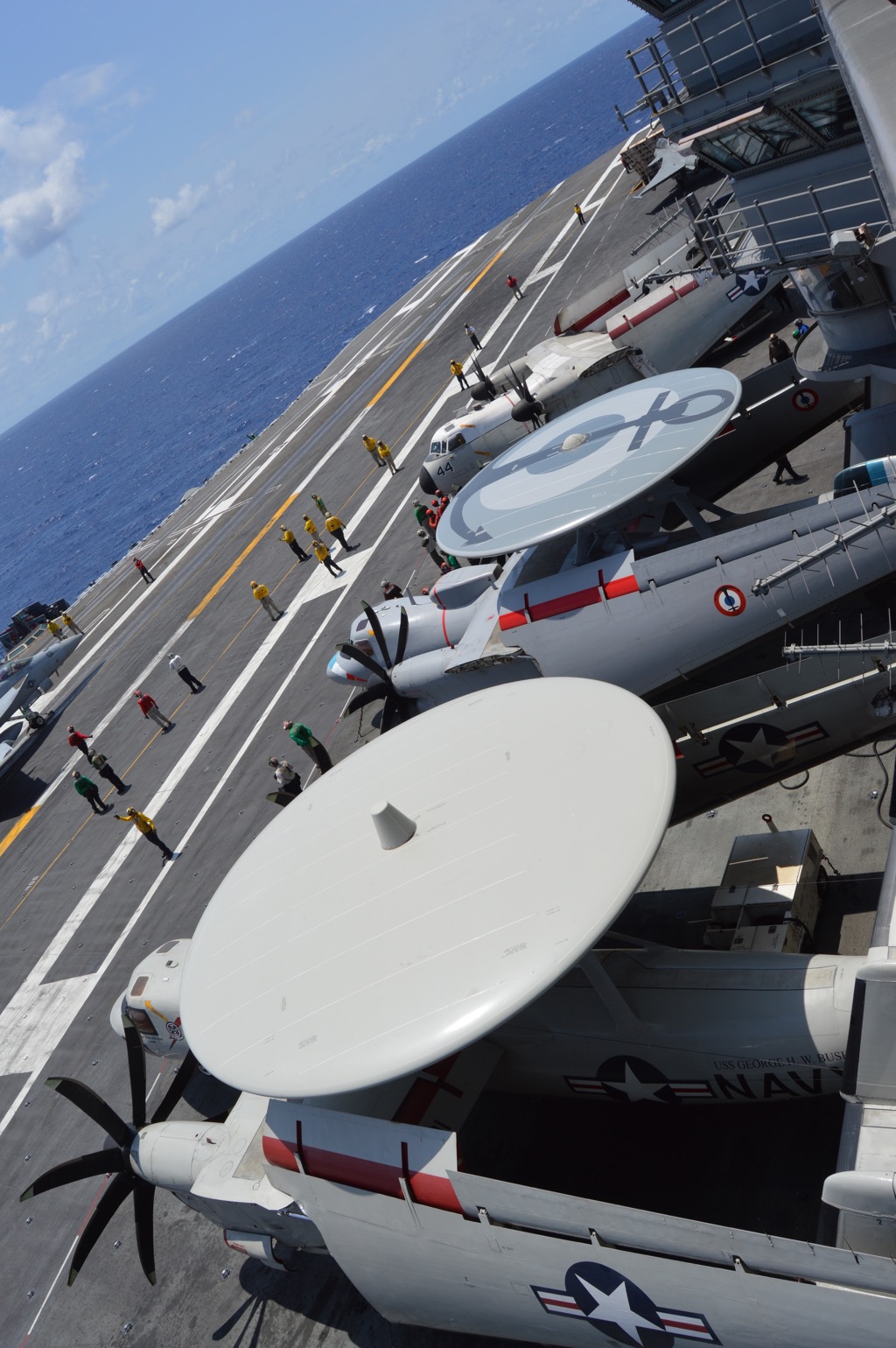
The State Department approved the sale, and the Defense Security Cooperation Agency notified Congress of the potential sale today.
According to a DSCA news release: “The Government of France requests to buy three (3) E-2D Advanced Hawkeye Aircraft, ten (10) T-56-427A engines (6 installed and 4 spares), three (3) AN/APY-9 radar assemblies, four (4) AN/ALQ-217 electronic support measure systems (3 installed and 1 spare), three (3) AN/AYK-27 Integrated Navigation Channels and Display Systems, five (5) Link-16 (MIDS-JTRS) Communications Systems (3 installed and 2 spares), ten (10) Embedded GPS/INS (EGI) Devices (6 installed and 4 spares), four (4) AN/APX-122(A) and AN/APX-123(A) Identification, Friend or Foe systems (3 installed and 1 spare) and one (1) Joint Mission Planning System. Also included are Common Systems Integration Laboratories with/Test Equipment, one in Melbourne, FL, and the other in France; air and ground crew equipment; support equipment; spare and repair parts; publications and technical documentation; transportation; training and training equipment; U.S. Government and contractor logistics, engineering, and technical support services; and other related elements of logistics and program support. The total estimated program cost is $2 billion.”



